Ableitungen zur Aktualisierung der Modellparameter verwenden
Einführung in Deep Learning mit PyTorch

Jasmin Ludolf
Senior Data Science Content Developer, DataCamp
Eine Analogie für Derivate
$$
Die Ableitung stellt die Steigung der Kurve dar
$$
- Steile Steigung (rote Pfeile):
- Große Schritte, Ableitung ist hoch
- Sanftere Steigung (grüne Pfeile):
- Kleine Schritte, Ableitung ist niedrig
- Talboden (blauer Pfeil):
- Flach, Ableitung ist null
$$
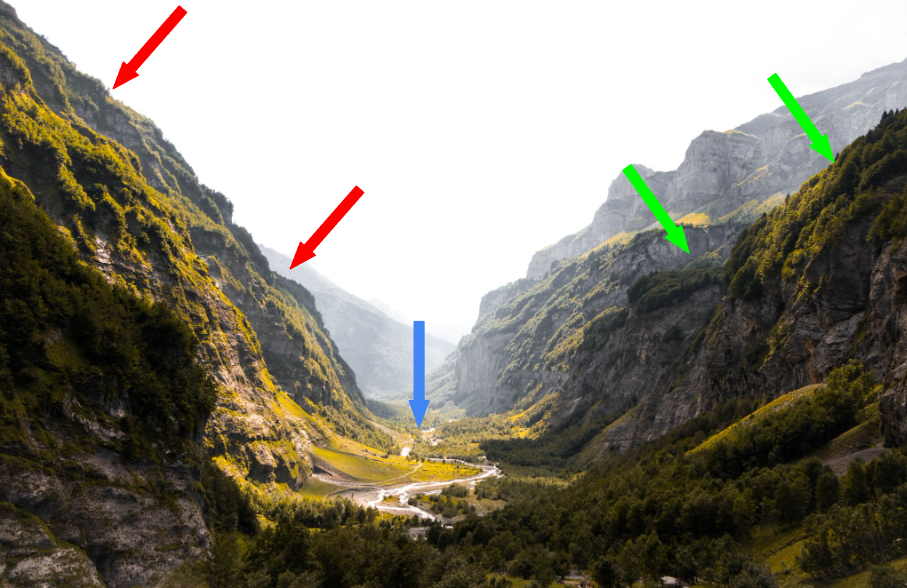
Konvexe und nicht-konvexe Funktionen
Dies ist eine konvexe Funktion
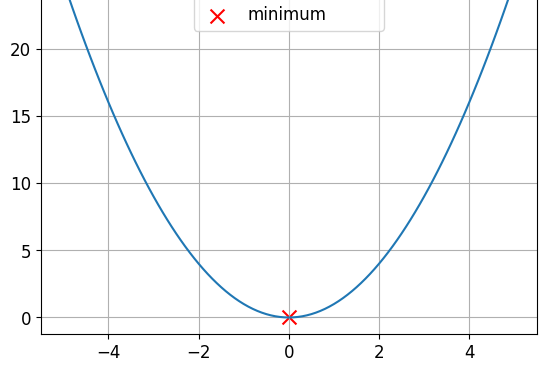
Dies ist eine nicht-konvexe Funktion
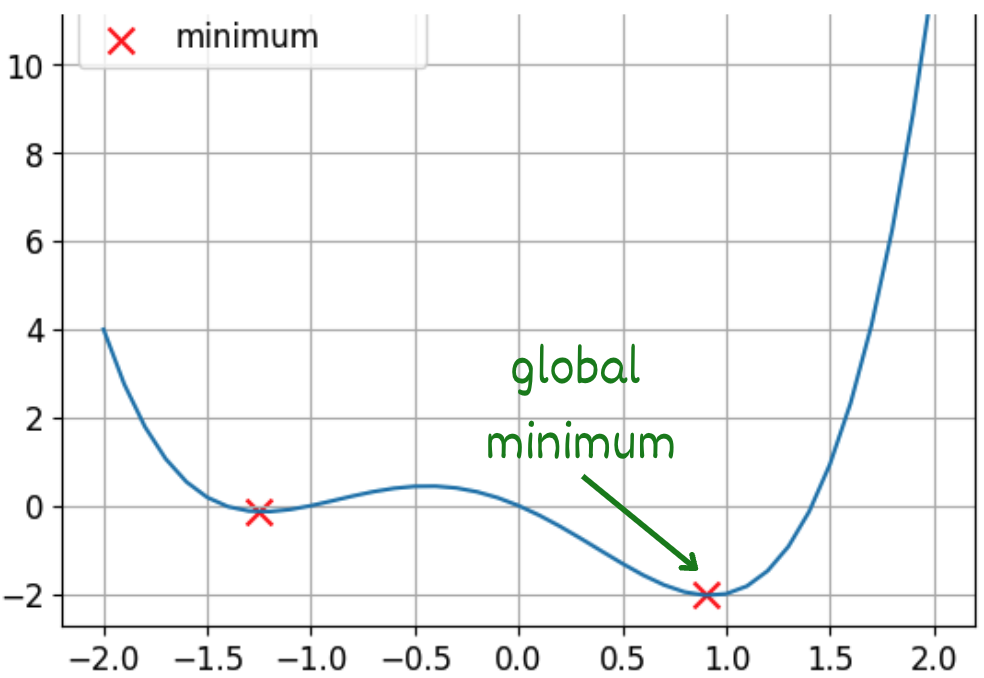
Derivate und Training von Modellen verbinden
- Berechne den Verlust im Vorwärtsdurchlauf während des Trainings
$$
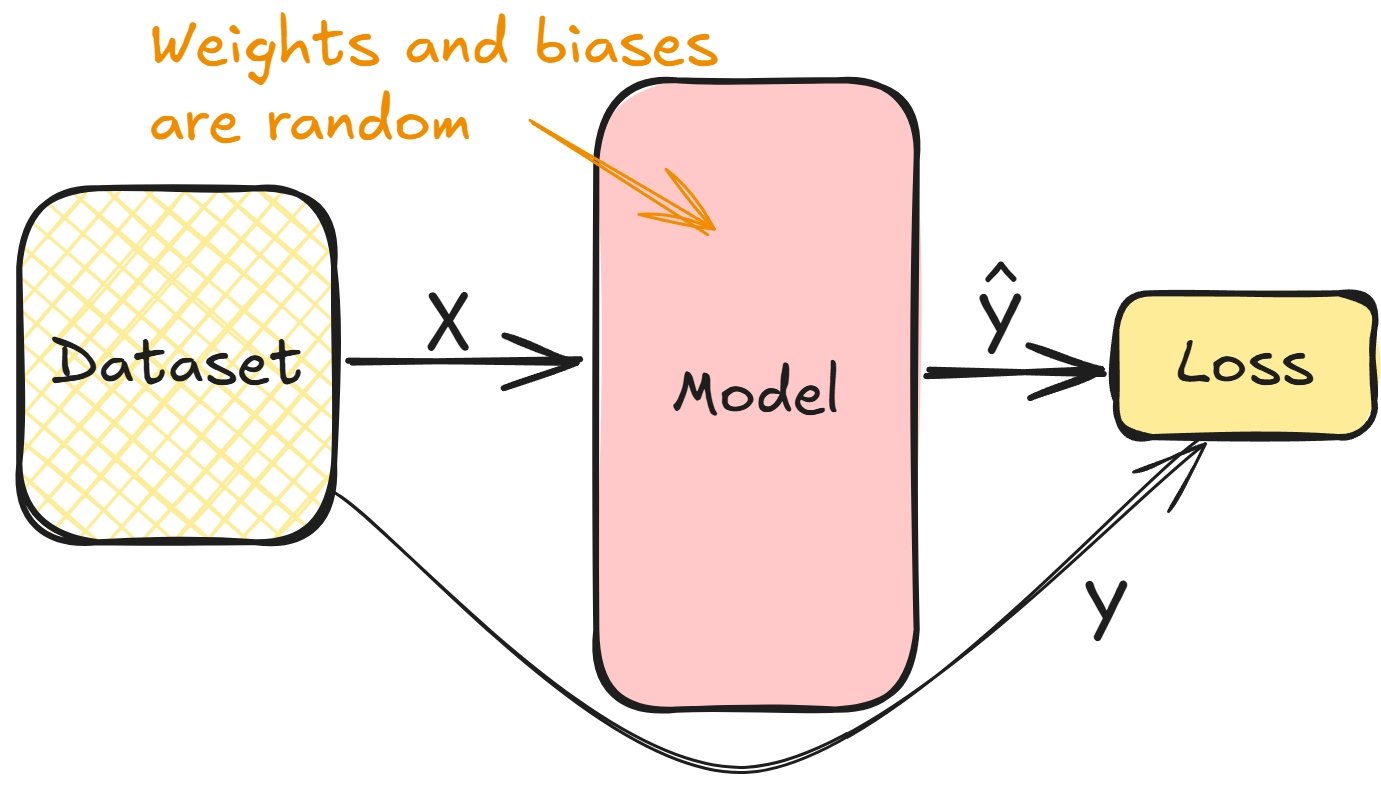
Derivate und Training von Modellen verbinden
- Gradienten helfen, Verluste zu minimieren, Schichtgewichte und Verzerrungen abzustimmen
- Wiederhole den Vorgang, bis die Schichten aufeinander abgestimmt sind
$$
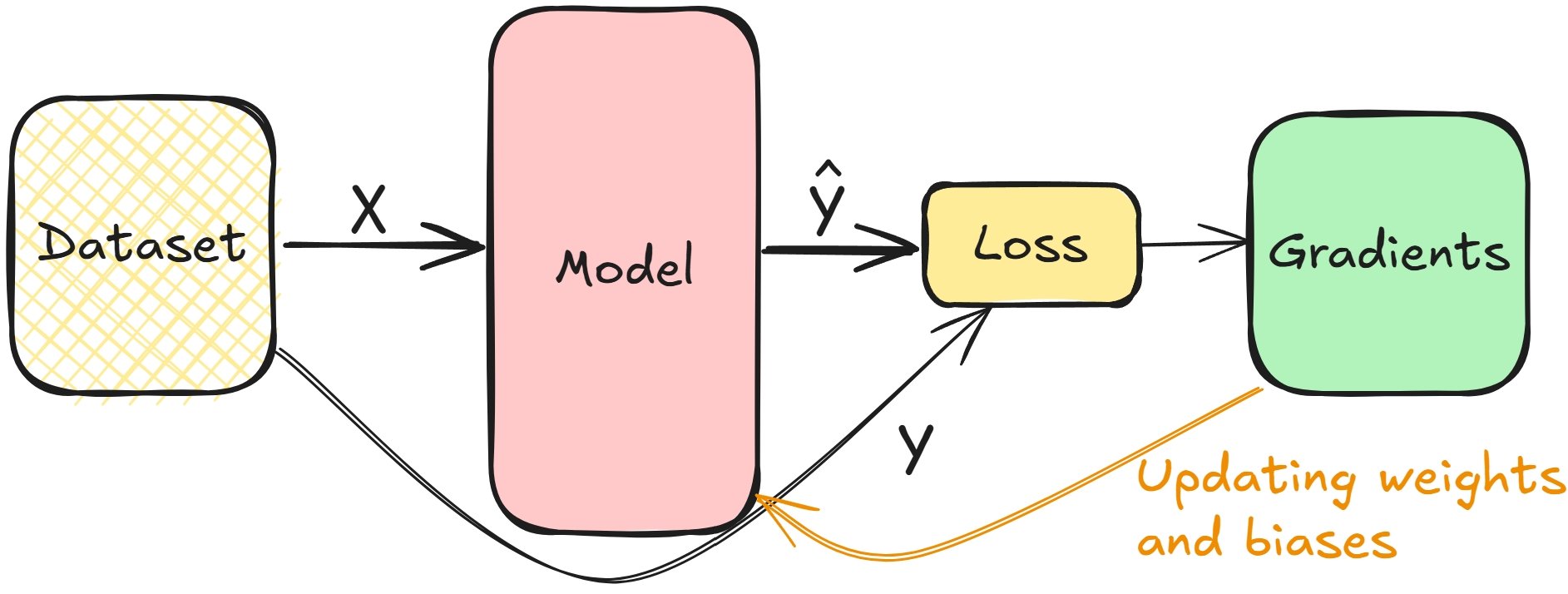
Backpropagation-Konzepte
$$
Stell dir ein Netz vor, das aus drei Schichten besteht:
- Fange mit Verlustgradienten für $L2$an
- Nutze $L2$, um $L1$ Gradienten zu berechnen.
- Wiederhole diesen Vorgang für alle Schichten ($L1$, $L0$)
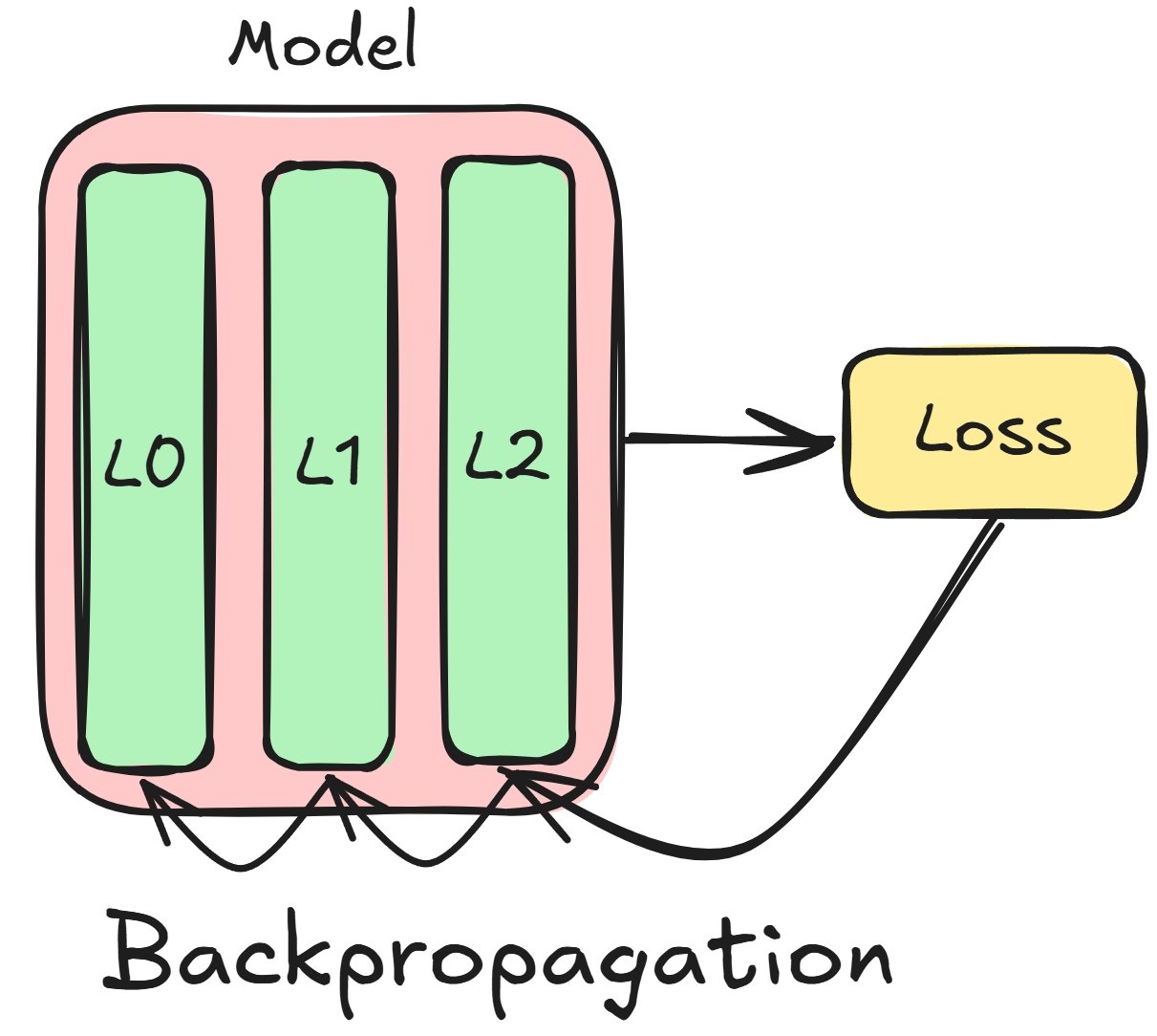
Backpropagation in PyTorch
# Run a forward pass model = nn.Sequential(nn.Linear(16, 8), nn.Linear(8, 4), nn.Linear(4, 2)) prediction = model(sample)# Calculate the loss and gradients criterion = CrossEntropyLoss() loss = criterion(prediction, target) loss.backward()
# Access each layer's gradients
model[0].weight.grad
model[0].bias.grad
model[1].weight.grad
model[1].bias.grad
model[2].weight.grad
model[2].bias.grad
Modellparameter manuell aktualisieren
# Learning rate is typically small lr = 0.001 # Update the weights weight = model[0].weight weight_grad = model[0].weight.gradweight = weight - lr * weight_grad# Update the biases bias = model[0].bias bias_grad = model[0].bias.gradbias = bias - lr * bias_grad
$$
- Auf jeden Schichtgradienten zugreifen
- Mit der Lernrate multiplizieren
- Dieses Produkt vom Gewicht abziehen
Gradientenabstieg
Für nicht-konvexe Funktionen verwenden wir den Gradientenabstieg
PyTorch vereinfacht dies mit Optimierern
- Stochastic Gradient Descent (SGD)
import torch.optim as optim # Create the optimizer optimizer = optim.SGD(model.parameters(), lr=0.001)# Perform parameter updates optimizer.step()
Lass uns üben!
Einführung in Deep Learning mit PyTorch

